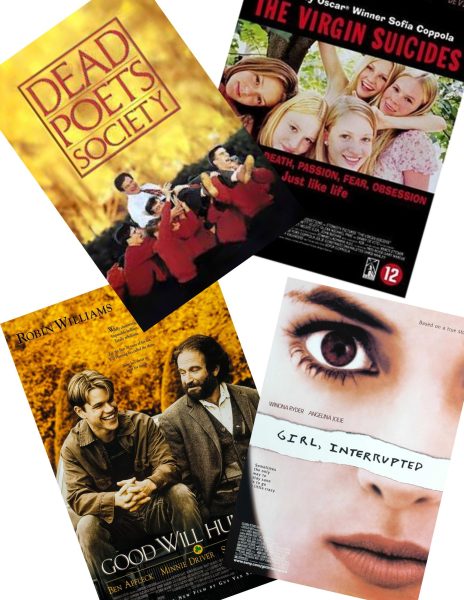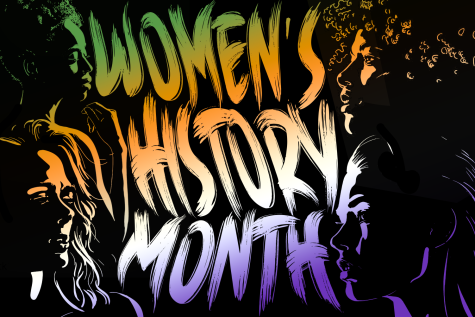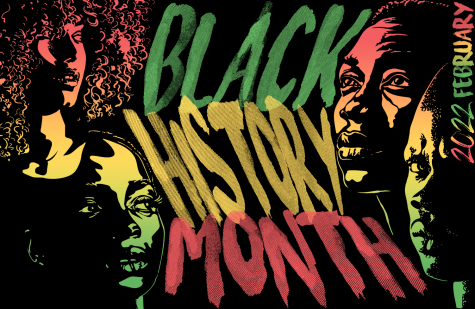Visual vs Audio books
Free public domain CC0 photo.
Eyes used to be the only way to perceive a book, usually requiring a deep focus for anticipated entertainment. Now, due to recent trends in technology, ears have become an alternative to experiencing an author’s story. However, listening is less effective than looking.
The invention of audiobooks, in 1932, occurred when Dylan Thomas was convinced to record his poetry on record players vocally. As time passed, his product became gradually more recognized, until the 1980s, when Thomas’s idea rapidly amplified.
In the present day, millions of people frequently use audiobooks while driving. It’s convenient, it develops “greater empathy because [of] the emotion in the narrator’s voice” and “listening to an emotionally-driven storyteller” allows imagination to intensify with feelings, unlike words from paper.
However, visual reading provides a higher chance of “remembering information,” as the emotional appeal from the ear derives from it. An audiobook’s current low chance of comprehension reduces further while doing activities. Especially when many people utilize it with driving
From publishingperspectives 2019 survey, “74 percent of respondents [say] they’re hearing their books while on wheels.” inferring a preferred desire to stimulate emotions by literature when driving.
Such mental activity not only increases crashing rates by distraction, but the savoring of a story falters significantly as multitasking diverts the attention needed to crave content and ensure driving safety.
Some argue that “drivers who were listening to audiobooks reacted faster and traveled closer to posted speed limits” than those who drove with no noise. However, from the same source, “Drivers responded to dangers more slowly on complex courses” when paired with audiobooks.
Additionally, according to sloanreview.mit.edu, “the human brain is incapable of focusing on two things at once.” Thus being why it’s impossible to retain information from read-out stories while attempting to prevent driving accidents.
And like the paralyzing effect of almost enduring a car crash, audio listeners hesitate against low triple-digit page numbers. Yet, a 500-page book labeled as 30 hours worth of content indulges them, which contradicts their time-saving stance.
While a prerecorded audio book’s speed is 150-160 words per minute, reading by sight nearly triples in speed by an average of 200-450 words per minute.
Measuring the length of time to finish 500 pages, It’d take an audiobook precisely around 33.9 hours to finish, whilst visual reading varies between 9.3-6.9 hours depending on the reader’s speed, saving more than 20 hours of extra time.
Spending time at an overwhelmingly huge library to get costly books isn’t favorable either, it’s a stressful way to find entertainment, but the tedious process was fortunately fixed by technology.
Since the internet advanced, reading has never been more pleasant. Access to free desired books, with low effort, high reward exchanges, and the freedom to read at any pace outclasses audiobooks . The only exception for listening to words is if reading isn’t physically an option.
Fernando Fernandez is a senior and is returning to staff for his fourth year. He is very passionate about literature and he’s looking forward to graduating...

















